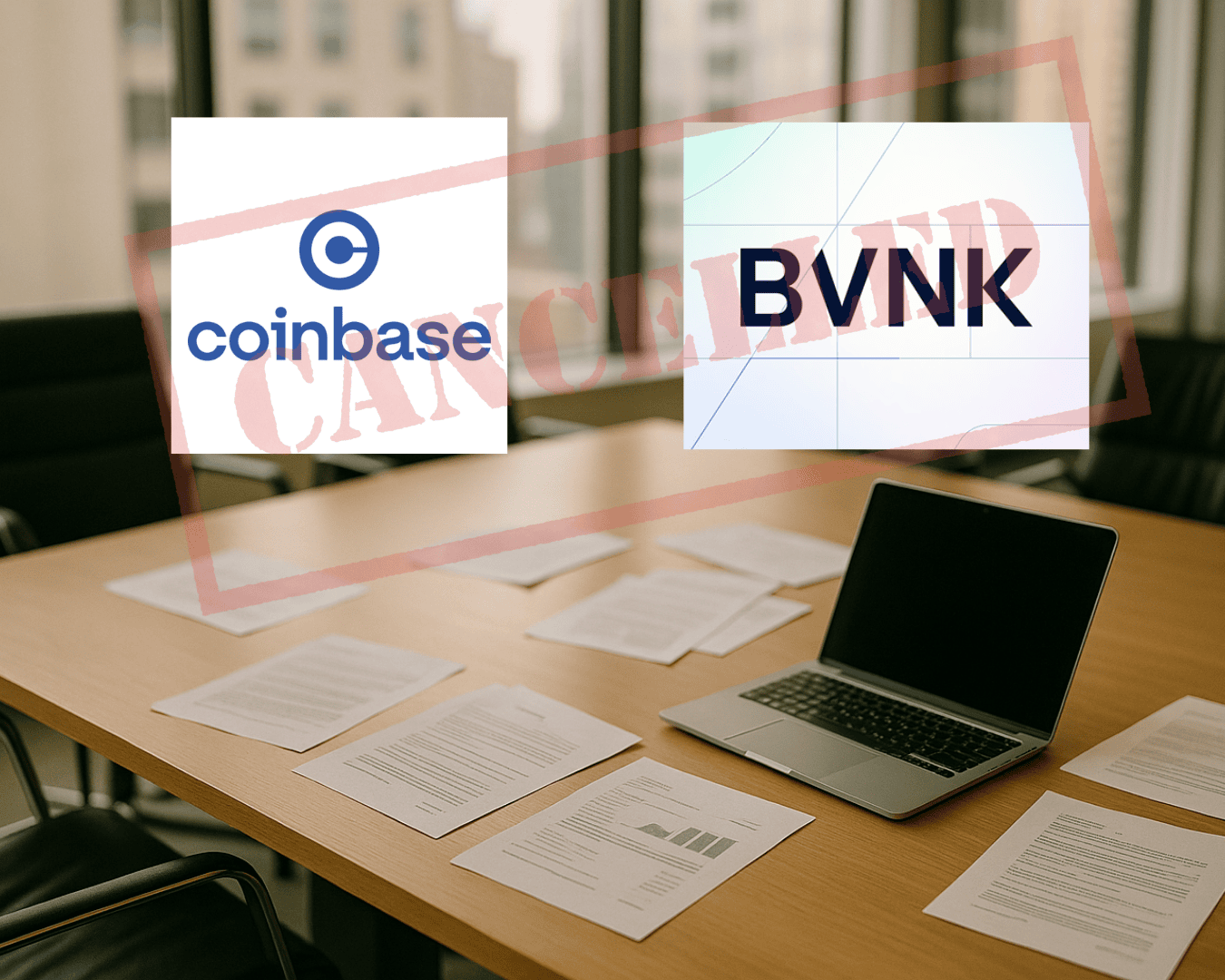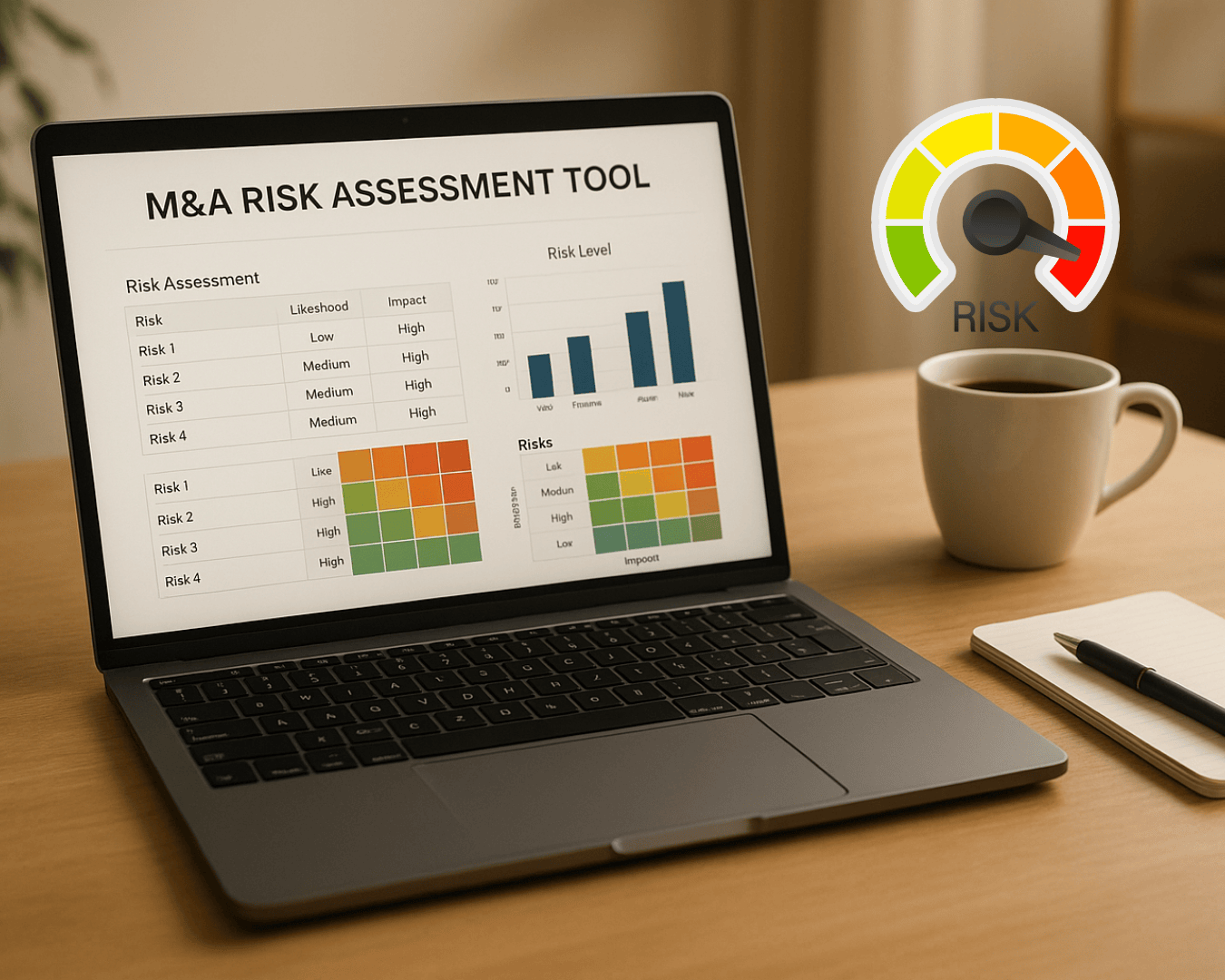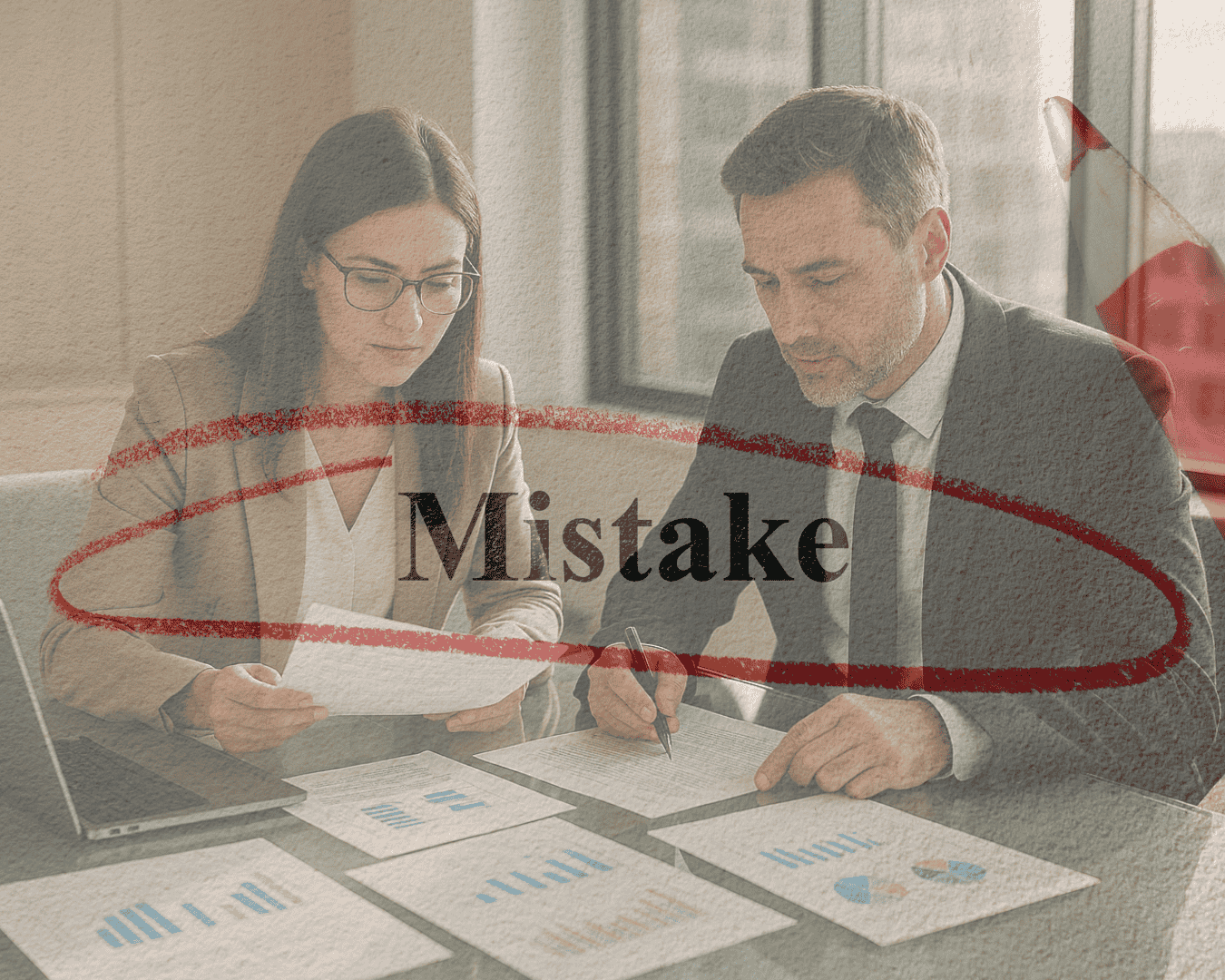Transferring business ownership requires following strict legal rules to avoid fines, delays, or invalid transactions. Whether you're passing ownership within your family, to employees, or to external buyers, compliance with corporate laws, tax regulations, and industry-specific rules is essential. Here's what you need to know:
- Maintain Accurate Records: Ensure corporate documents like shareholder agreements and board resolutions are up-to-date.
- AML and KYC Rules: Verify new owners' identities and report large or suspicious transactions.
- Industry-Specific Rules: Some sectors, like healthcare and financial services, require extra steps like licensing or regulatory approval.
- Privacy and Data Compliance: Laws like CCPA and GDPR govern how customer and employee data is handled during transfers.
- Multi-State Operations: Different states have varied tax, licensing, and filing requirements.
Plan ahead by conducting regular compliance reviews, using technology to manage records, and consulting legal experts. This ensures a smooth transition and protects your business from legal risks.
Corporate Ownership Transfer Key Steps and Considerations
Legal Requirements for Ownership Transfer
Navigating the legal aspects of ownership transfers is a critical step in any business succession plan. Federal and state laws outline specific conditions for transferring ownership to safeguard stakeholders, prevent fraud, and ensure proper tax compliance.
The requirements can vary based on your business structure and industry. Failing to meet these obligations could result in hefty penalties. Below, we break down key areas of compliance that directly impact ownership transfers.
Corporate Records and Reporting Requirements
Accurate and up-to-date corporate records are the backbone of compliance. Businesses must maintain documentation that clearly outlines the current ownership, decision-making authority, and corporate structure.
Shareholder agreements and operating agreements should reflect the current ownership setup and include provisions for ownership transfers. These provisions often cover restrictions, valuation methods, and approval procedures. Outdated or incomplete documents can lead to compliance headaches, so keeping them current is essential.
Additionally, businesses are required to maintain a record of significant owners. For example, corporations usually need to document individuals holding 25% or more of shares or voting rights. Similarly, LLCs must track members with substantial ownership stakes.
When transferring ownership, board resolutions or member consent documents are typically required to authorize the change. These must be properly executed, recorded in corporate minutes, and filed according to state-specific regulations to ensure the transfer is legally approved.
In some cases, additional state filings may also be necessary.
AML and KYC Compliance Rules
Anti-money laundering (AML) and know-your-customer (KYC) regulations play an increasingly important role, particularly in transactions involving large sums or foreign entities.
Customer due diligence rules require businesses to verify the identity of new owners and ensure the legitimacy of the funds involved. This process often includes confirming identity, address, and the source of funds. For corporate buyers, identifying beneficial owners - those with 25% or more control - is also critical.
Reports must be filed for unusual transactions. Examples include large cash payments, reluctance to provide identification, or complex ownership structures designed to obscure control.
Under the Bank Secrecy Act, businesses are required to report cash transactions exceeding $10,000 and are prohibited from structuring transactions to avoid this rule. In certain cases, enhanced due diligence is necessary, such as when dealing with politically exposed persons, high-risk jurisdictions, or industries prone to money laundering. This extra scrutiny can extend the timeline for completing the transfer.
Industry-Specific Legal Requirements
Some industries face additional legal and regulatory hurdles when transferring ownership. These requirements often depend on the nature of the business.
- Healthcare: New owners may need to meet state licensing requirements, and regulatory approval is often required before the transfer can be finalized. Medicare and Medicaid provider agreements may also need reassignment, which can take several months.
- Financial Services: Companies in this sector must comply with banking laws, securities regulations, and insurance requirements. Change of control applications may need to be submitted to multiple regulatory agencies, which can significantly delay the process.
- Licensed Professional Practices: Law firms, accounting practices, and engineering companies often have strict ownership rules. In many states, only licensed professionals in the relevant field can hold ownership, limiting potential buyers and requiring careful planning for the transfer.
- Food Service and Retail: Businesses in these industries often need to transfer permits and licenses, such as liquor licenses, food service permits, and retail sales licenses. These processes can involve public notices, background checks, or even regulatory hearings.
- Transportation and Logistics: Companies in this sector must comply with Department of Transportation regulations. This can include transferring operating authorities, safety certifications, and permits. Regulatory bodies may also require notifications and compliance reviews of the new ownership structure.
- Environmental Compliance: Businesses dealing with hazardous materials or operating under environmental permits may face additional requirements. Environmental due diligence and regulatory notifications are often necessary before completing the ownership transfer.
Each industry comes with its own set of challenges, making it essential to understand and address these legal requirements early in the transfer process.
Common Compliance Problems in Ownership Transfers
Ownership transfers can be a minefield of compliance issues for business owners. These challenges can disrupt transactions, create legal risks, and rack up unnecessary costs. Below are some common problems that can complicate the process if not managed properly.
Missing or Outdated Business Records
One major hurdle is dealing with outdated or incomplete documentation. Many small businesses rely on bylaws, operating agreements, or shareholder records that no longer reflect their current operations. When these outdated records are requested during due diligence, they can slow down the entire transaction.
Missing board resolutions or unresolved tax compliance issues can also create bottlenecks. For example, significant business decisions - like securing new loans or making prior ownership changes - should always be documented. Without these records, it becomes harder to legally confirm past actions, potentially leading to disputes over ownership. In some cases, these disputes can bring the transfer process to a standstill.
To avoid these problems, ensure all records are up-to-date and complete. Proper documentation is critical to legal verification and can help prevent further complications, especially in areas like data privacy or multi-state operations.
Data Privacy and Transfer Issues
Transferring customer and employee data during ownership changes requires careful attention to privacy laws. For example, under the California Consumer Privacy Act (CCPA), businesses must obtain proper consent and notify customers when transferring personal information. Failing to meet these requirements can lead to compliance violations.
Healthcare providers face even stricter rules under HIPAA, which mandates proper authorization and safeguards for transferring patient records. These added layers of regulation can make transitions more complex.
International data transfers bring their own set of challenges. Companies serving European customers must comply with the General Data Protection Regulation (GDPR), which enforces strict guidelines on how data is handled during ownership changes. Non-compliance with GDPR can result in hefty fines. Similarly, employee records - like payroll and benefits data - must be protected to ensure sensitive information is not mishandled during the transfer.
These privacy and data regulations highlight the need for thorough legal oversight throughout the process.
Multi-State Compliance Issues
For businesses operating across multiple states, ownership transfers can introduce a maze of regulatory requirements. Each state has its own rules for business registration, tax filings, and operational procedures. For instance, licensing requirements, background checks, and other regulatory filings can vary significantly from one state to another.
Professional service firms, such as law firms, face unique challenges. In some states, new owners must meet specific legal admission requirements, and certain jurisdictions only allow licensed attorneys to hold ownership stakes.
Tax regulations are another area where multi-state operations can get tricky. Businesses with sales tax obligations across several states must ensure all filings are current. Overlooking these details can lead to issues like tax liens or other legal complications. Additionally, varying processing times in different states can throw off timelines, making coordination more difficult.
Ultimately, ensuring accurate records, adhering to privacy laws, and addressing multi-state regulatory demands are critical steps to avoid unnecessary delays and expenses during an ownership transfer.
How to Solve Compliance Problems
Dealing with documentation, data privacy, and multi-state compliance issues requires a proactive approach. To navigate these challenges effectively, start by addressing potential hurdles early on. Regular oversight, the right technology, and expert legal advice are essential tools in ensuring compliance doesn’t become a sticking point during ownership transfers. Here's how you can stay ahead of these issues.
Run Regular Compliance Reviews
Frequent compliance audits can help you catch and resolve problems before they disrupt ownership transitions. A good rule of thumb is to conduct these reviews quarterly, focusing on key areas like corporate records, tax filings, and business licenses across all jurisdictions where your business operates.
Create a comprehensive checklist tailored to your industry. For example:
- Healthcare businesses should review HIPAA documentation and patient record protocols.
- Manufacturing companies need to ensure environmental permits and safety certifications are up to date.
- Professional service firms must verify licensing requirements and continuing education compliance for their practitioners.
Scheduling these audits in January and July can help you avoid year-end bottlenecks and stay ahead of reporting deadlines. Keep a detailed compliance file that logs verification dates, updates, and upcoming reviews. This file not only streamlines due diligence but also reassures potential buyers that your compliance practices are solid and well-documented.
Use Technology Platforms for Compliance
Technology can be a game-changer in managing compliance efficiently. Digital platforms simplify record-keeping, automate routine tasks, and secure sensitive data, making it easier to meet regulatory requirements, especially for businesses operating across multiple states.
Clearly Acquired's platform is a prime example of how technology can address compliance challenges. It offers:
- Secure data rooms to control access to sensitive documents, ensuring confidentiality while facilitating due diligence.
- User verification tools that confirm the identity and credentials of all parties, reducing risks tied to AML (Anti-Money Laundering) and KYC (Know Your Customer) compliance.
- A centralized deal management hub to organize transaction-related communications and documentation, creating an audit trail that satisfies regulatory needs.
- Automated NDA deployment, which ensures confidentiality agreements are in place before sharing sensitive information, addressing concerns related to regulations like CCPA and GDPR.
By leveraging such tools, you can streamline processes, reduce administrative burdens, and avoid delays caused by regulatory roadblocks.
Get Professional Legal Help
While regular audits and technology solutions handle many routine compliance tasks, complex ownership transfers often require specialized legal expertise. Engaging experienced attorneys early in the process can save you from costly mistakes and ensure you meet all regulatory requirements.
Different industries have unique legal needs, so it’s crucial to work with attorneys who understand the specific regulations you face:
- Healthcare transactions require expertise in HIPAA, state medical board regulations, and Medicare/Medicaid compliance.
- Financial services businesses need legal counsel familiar with banking regulations, securities laws, and consumer protection rules.
- Professional service firms benefit from attorneys who understand state licensing boards and professional conduct standards.
If your business operates in multiple states, legal guidance becomes even more critical. Attorneys with experience in multi-jurisdictional transactions can navigate conflicting state requirements, coordinate filings, and ensure compliance across the board.
Don’t wait for problems to arise before seeking legal help. Early involvement allows attorneys to identify potential issues, recommend updates to corporate structures, and develop compliance strategies that align with your timeline. Consider maintaining an ongoing relationship with legal counsel to stay ahead of regulatory changes and avoid surprises in future ownership transfers.
sbb-itb-a3ef7c1
Building Compliance into Succession Planning
Incorporating legal compliance into every phase of succession planning is crucial to avoid unexpected delays, fines, or even failed transfers. When compliance is treated as an afterthought, business owners often encounter regulatory issues just when they’re ready to implement their exit strategy.
The key to a smooth transition lies in identifying compliance requirements early on and weaving them into your succession timeline. This ensures that all regulatory obligations are met and documentation is up-to-date. From there, your succession plan should align with the specific legal requirements that govern the transfer process.
Match Succession Plans with Legal Requirements
Each method of ownership transfer comes with its own set of regulatory obligations. To ensure a seamless transition, your succession plan must align with the legal framework specific to your industry and business structure.
- Family Succession: Plans involving family members must comply with estate and gift tax rules. Gradual ownership transfers should follow IRS valuation and reporting standards to avoid tax complications.
- Management Buyouts: If you’re planning a management buyout, ensure compliance with securities laws. For those using ESOPs (Employee Stock Ownership Plans), additional Department of Labor requirements, such as valuation standards and fiduciary responsibilities, must also be addressed.
- Third-Party Sales: These often require buyer verification and may trigger industry-specific regulatory approvals before ownership changes hands.
Don’t forget to factor in notification periods and approval processes required by regulators. Building extra time into your succession timeline can help account for these steps and avoid last-minute surprises.
Once you’ve aligned your strategy with the applicable rules, a customized compliance checklist becomes an essential tool for navigating the process.
Create a Compliance Checklist
A well-crafted compliance checklist ensures that no detail is overlooked. This isn’t a generic document - it should be tailored to your business’s unique needs, industry requirements, and transfer structure. It should also evolve over time to reflect changes in regulations and your business operations.
Start with the basics: confirm that all corporate records - such as articles of incorporation, bylaws, board resolutions, and shareholder agreements - are current and error-free. Tax filings across all jurisdictions should also be reviewed to ensure they’re up to date.
Pay special attention to business licenses and permits, as not all of them automatically transfer with ownership. Professional licenses, industry-specific permits, and other regulatory approvals may require individual review or reapplication. Keeping a master list of licenses, along with renewal dates and transfer requirements, will help you stay organized.
If your business handles customer data, data privacy compliance is particularly important. Ensure that your privacy policies, data handling practices, and security measures meet current standards, such as California’s CCPA or HIPAA regulations for healthcare businesses.
For companies operating in multiple states, your checklist should address compliance nuances in each jurisdiction. Filing requirements, tax obligations, and regulatory notifications can vary significantly from state to state.
Assign responsibilities for each checklist item to the appropriate team members or advisors. For instance, your CFO might oversee tax compliance, while your general counsel manages corporate records and regulatory filings. External advisors, such as attorneys and accountants, should also have clear roles for their areas of expertise.
Schedule regular check-ins to track progress on the checklist. While monthly reviews may work for complex organizations, quarterly reviews might be sufficient for smaller operations. These meetings should focus on completed tasks, upcoming deadlines, and any changes to compliance rules.
To streamline the process, consider using technology. Tools like Clearly Acquired's deal management hub can centralize compliance tracking, automate deadline reminders, and securely store documents. This systematic approach reduces the risk of missing critical requirements and creates an audit trail to demonstrate thorough compliance management.
Lastly, don’t overlook post-transfer compliance. New ownership often brings ongoing reporting obligations, revised insurance coverage, and updated regulatory filings. Addressing these requirements ahead of time ensures a smooth transition and prevents compliance gaps under the new ownership structure.
Conclusion: Getting Ownership Transfers Right
Transferring ownership in a business is no small task - it demands careful planning, a solid understanding of legal obligations, and the right tools to manage the process efficiently. Business owners must juggle multiple regulatory frameworks while ensuring their succession plans are legally sound and structured to minimize tax liabilities.
Key legal frameworks - spanning corporate, tax, and inheritance laws - serve as the foundation for legitimate ownership transitions. Strategies like trusts, gifting arrangements, and buy-sell agreements can help reduce tax burdens and maintain stakeholder value. However, these tools are most effective when integrated early into the succession planning process, helping to avoid unnecessary delays or potential legal issues.
Staying on top of regulatory compliance is equally critical. Regular legal reviews and periodic compliance audits allow succession plans to evolve alongside changing laws, reducing the risk of unexpected liabilities.
Technology can also play a pivotal role in streamlining this process. Platforms like Clearly Acquired's deal management hub simplify compliance tracking by centralizing documentation, automating reminders for important deadlines, and maintaining secure audit trails - essential for managing the complexities of ownership transitions.
As discussed earlier, making compliance a central part of succession planning is vital for protecting your business and ensuring a smooth transfer. Drafting detailed ownership transfer agreements with clear clauses, timelines, and contingency plans provides a structured roadmap for orderly transitions. By combining early planning, professional advice, and modern technology, business owners can simplify the process, safeguard their business, and protect the interests of stakeholders.
FAQs
What are the key steps to ensure legal compliance when transferring business ownership across state lines?
Ensuring Compliance During a Business Ownership Transfer Across State Lines
Transferring business ownership across state lines comes with its own set of challenges, especially when it comes to staying compliant with varying regulations. To get started, you’ll need to carefully review the legal and tax requirements in both the current and new states. These rules can differ significantly and may involve registering your business in the new state, updating necessary licenses, and addressing any state-specific tax obligations.
Equally important is ensuring that all documentation is accurate and complete. Key documents like purchase agreements, operating agreements, and filings with state agencies must be in order to avoid complications. This is where consulting with legal and financial professionals can make a world of difference, helping you sidestep potential errors and ensuring a smooth transition.
For those looking for extra support, platforms like Clearly Acquired offer expert guidance and tools designed to help entrepreneurs and investors navigate the complexities of ownership transfers while staying compliant with state and federal laws.
What steps should businesses take to ensure AML and KYC compliance during an ownership transfer?
To comply with AML (Anti-Money Laundering) and KYC (Know Your Customer) regulations during ownership transfers in the U.S., businesses should take the following steps:
- Verify identities and ownership: Use a strong Customer Identification Program (CIP) and conduct Customer Due Diligence (CDD) to confirm the identities of all parties and pinpoint beneficial owners, as required by FinCEN guidelines.
- Keep detailed records: Maintain accurate documentation of ownership and beneficial owners for at least five years after the transfer, ensuring compliance with legal requirements.
- Assess risks regularly: Evaluate potential risks tied to ownership changes and put safeguards in place to address them.
- Train your team: Offer ongoing staff training on AML and KYC procedures to minimize fraud risks and ensure compliance.
By adhering to these practices, businesses can handle ownership transfers securely while staying compliant with regulatory standards.
What are the biggest data privacy risks during ownership transfers, and how can they be mitigated?
During ownership transfers, several data privacy risks often emerge. These include neglecting updates to data processing agreements, skipping a detailed review of sensitive information, and failing to meet current privacy regulations. Such lapses can result in serious legal issues or even data breaches.
To address these challenges, start with a thorough data audit to pinpoint and handle sensitive information effectively. Make sure all legal agreements, like data processing contracts, are current and align with the new ownership structure. You might also want to explore automation tools to simplify compliance tasks and keep track of evolving privacy laws. Taking these proactive steps can help ensure the transfer process is both smooth and compliant.





























.png)







































.png)








































